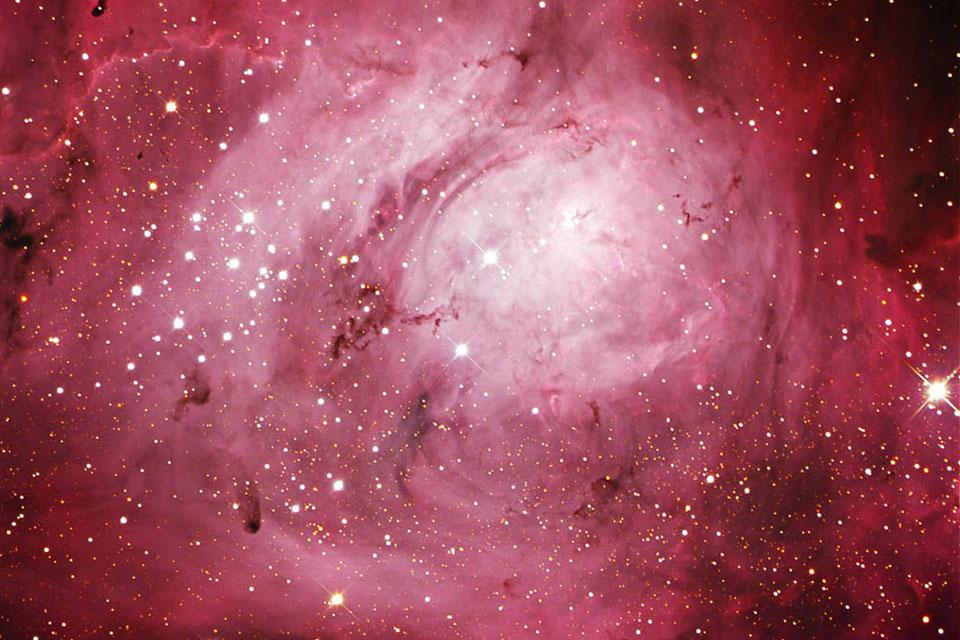Abstract
With upgraded observatories and the advent of SKA pathfinders, radio telescopes now allow us to probe the properties of X-ray binaries down to unprecedented sensitivities. In addition, their excellent ability to detect large-scale, diffuse emission enables deeper studies of interactions between X-ray binaries and their surroundings. These developments are particularly relevant for the study of neutron stars orbited by massive donor stars, which make up roughly half of all known X-ray binaries; due to their radio faintness, these systems have long escaped detection. In this talk, I will highlight what the new and upgraded radio observatories have revealed about this very common type of X-ray binary. Firstly, I will discuss the launch of relativistic jets by the strongly-magnetized neutron stars and the implications for jet formation models. Secondly, I will turn to the study of the interaction between the binary and its surroundings, through the discovery of a radio bow shock around Vela X-1. Finally, I will discuss the unexpected radio brightness of persistent high-mass X-ray binaries and explore possible explanations, in particular the presence of relativistic particle acceleration and shocks between the inhomogeneous stellar wind and wakes trailing the neutron star.

